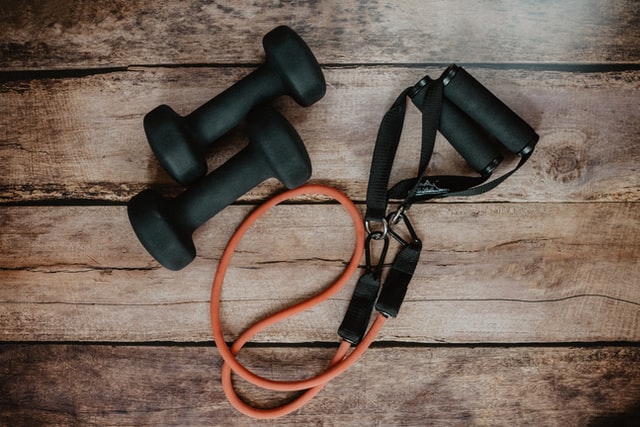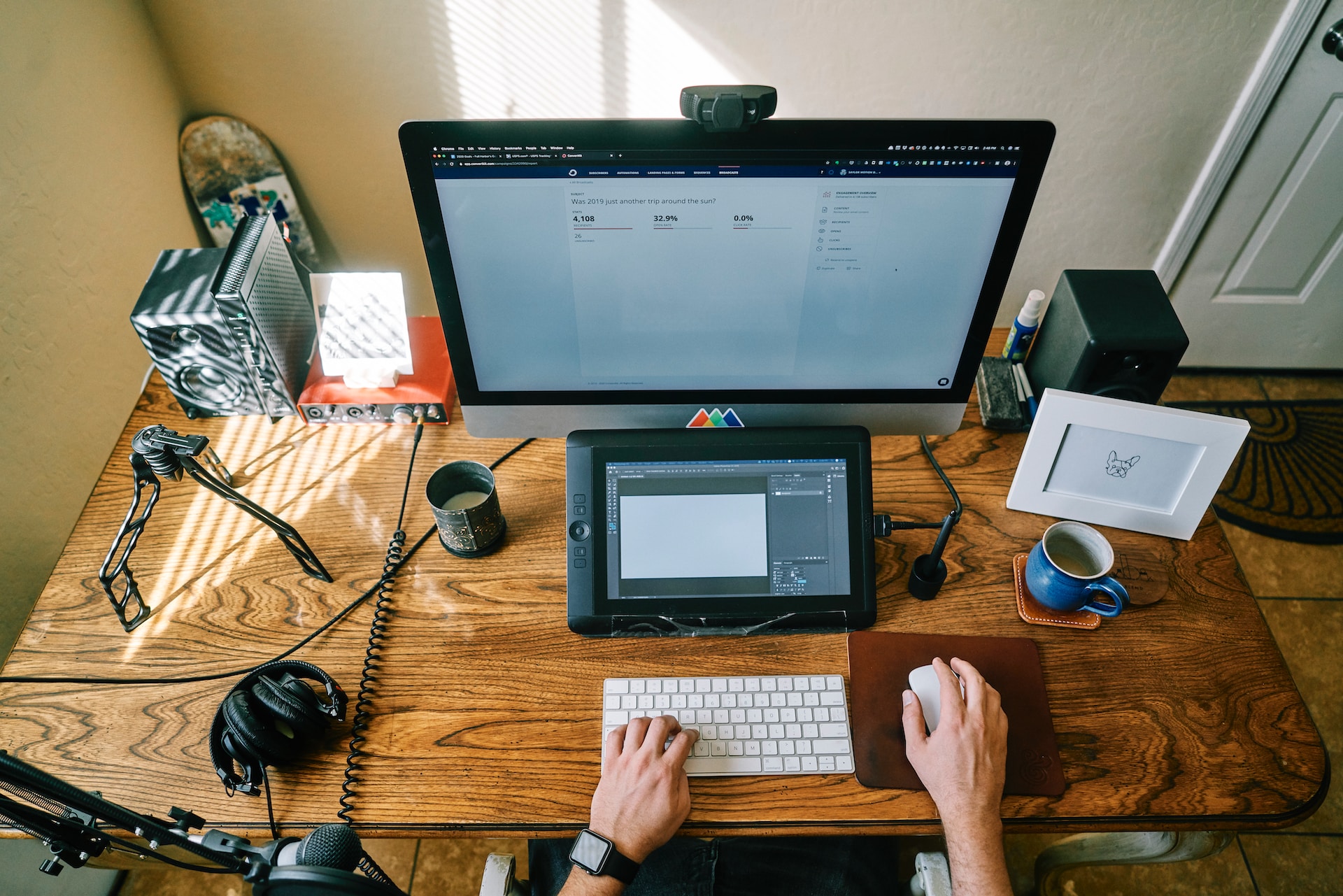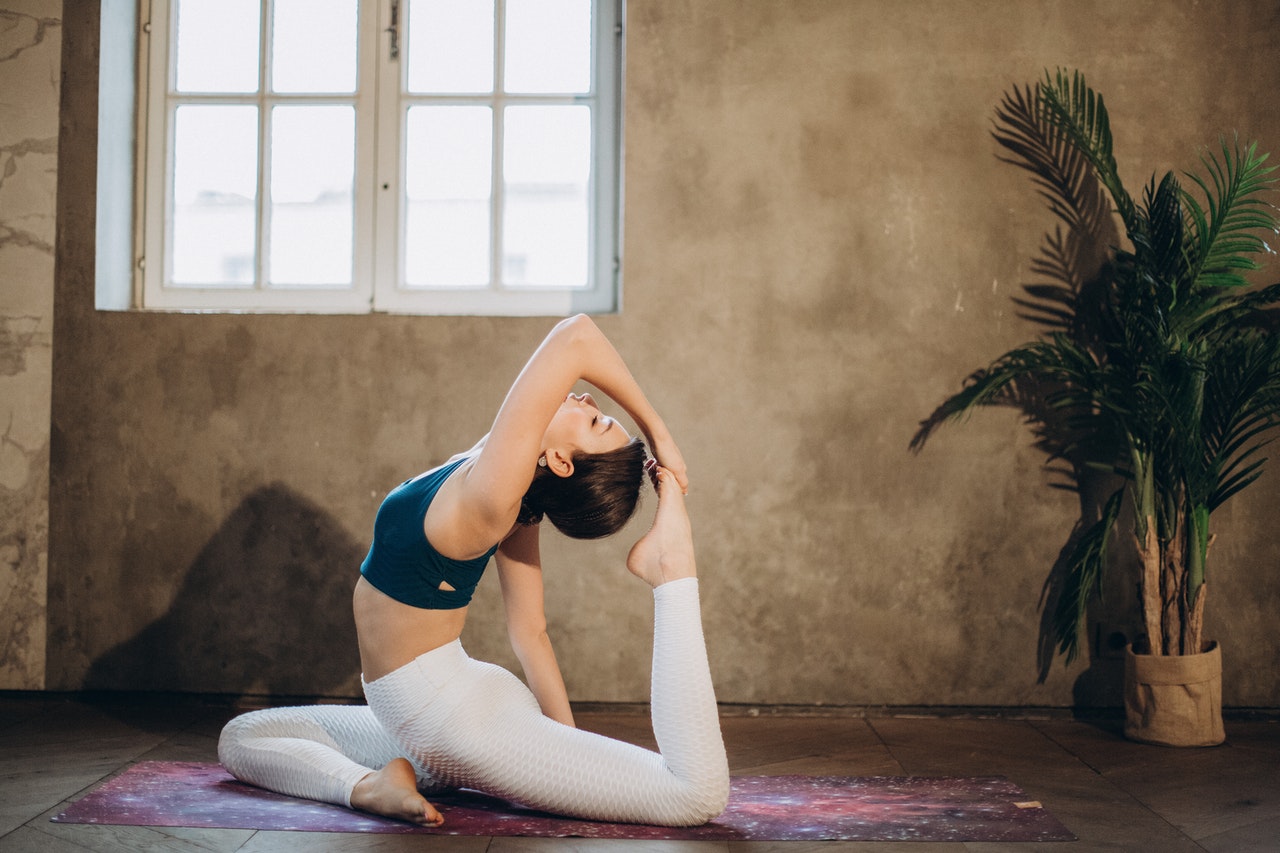We are all aware that daily physical exercise is beneficial to both our physical and mental health. Regular exercise has been linked to a lower risk of heart disease, stroke, some types of cancer, and dementia. It can also help with stress relief, as well as depression and anxiety.
A vegetarian weight loss meal plan offers numerous benefits for those seeking to shed pounds and maintain a healthier lifestyle. Firstly, it promotes weight loss by emphasizing whole, plant-based foods that are typically lower in calories and saturated fats, helping to create a calorie deficit. Secondly, this plan is rich in fiber, which aids digestion, enhances feelings of fullness, and stabilizes blood sugar levels, reducing cravings for unhealthy snacks. Additionally, a vegetarian diet often leads to improved heart health due to its lower cholesterol and saturated fat content. It can also lower the risk of certain chronic diseases such as type 2 diabetes, hypertension, and some types of cancer. Moreover, this meal plan encourages people to explore a wider variety of fruits, vegetables, grains, and legumes, which can lead to a more diverse and nutrient-rich diet. Overall, a Vegetarian Weight Loss Meal Plan offers a sustainable and healthful approach to shedding excess weight while reaping numerous other health benefits along the way.
The most challenging thing about exercising at home is figuring out what to do, setting up an effective home workout, and keeping a well-balanced diet — best with the right fat-burning supplements in the mix — to stay fit and healthy. A diet plan can be a way to gain more confidence and live a healthier lifestyle. We reach out to experience personal trainers and nutrition coaches to help us. Read on to learn the best home exercises and some practical nutrition advice and get to know tips for health and wellness.
What are the most popular on-demand fitness platforms?
One of the most popular online and on-demand fitness training methods at the moment comes from Les Mills. If you’re an avid gym-goer, you’ll love the variety of workouts available, and if you’re new on the scene, the Les Mills platform is a great place to begin your fitness journey.
Their on-demand app provides access to an array of fitness programs, including yoga, strength, cardio, HIIT, and lots more. The workout plans are rated from beginner to advanced, meaning that anyone can get involved, no matter their current fitness status.
Their workouts have all been scientifically designed to ensure that each participant sees results and gets the most out of each session. If you have the equipment then great; however, the beauty of these home workouts is that most can be done without any specific training equipment, as the app gives you a choice to exercise with or without weights.
For those that are already familiar with attending gym classes, Les Mills’s online classes are no less challenging, and in the current climate of Covid and closed gyms, their range of programs and workouts are a blessing. The instructors’ enthusiasm cannot be faulted, and for those less accustomed to gym classes or home workouts, it won’t be long before your confidence is sky high, and you’ll be wondering how you ever did without it.
The app is available to download on TV, laptop, mobile, or tablet, and there are even exercise videos for kids to enjoy.
– Alex Richardson from HFE
Beginner runners: how to get started
The thought of running for any significant length of time can feel daunting when you’re just getting started. When you’re just beginning, it’s important to go slow and forget about pace. Listen to your body and if you’re struggling to keep going time and time again, slow down. One of the biggest mistakes new runners make is trying to run too much or too fast, too soon. If things feel truly impossible, it might be a sign that you need to lower your intensity. Try alternating running and walking intervals, and gradually build up the length of time that you run.
Remember to focus on one goal at a time (i.e., don’t try to increase pace and distance at the same time), and avoid comparing yourself to other runners. Running will likely feel a bit unnatural when you’re getting started, just as any other new hobby or activity would. However, the key to success and long-term enjoyment is to stay consistent in the beginning and continue to try even when things feel hard.
Cut yourself some slack as you get started and focus on listening to your body. If you’ve been trying the same approach for a while and have yet to find success, it might be time to mix it up. Every runner is different, so don’t be afraid to try something different than what those around you are doing. Trying walking intervals, cross-training, long slow distances, or short and quick workouts. No matter how you choose to approach running, remember that pace and distance will come with consistency; stay committed, and you’ll likely find that things suddenly begin to feel easier.
-Maggie from Runnin’ for Sweets
How can you know which weight loss diet is the more appropriate for you?
There are numerous diets out on the market. Each at one time or another was trending in our society. There is no specific weight loss diet out on the market that will help you lose the weight fast and keep it off for good. In order to lose weight successfully, one must learn how to eat healthy size portions and keep their calorie intake low. You can do this successfully by incorporating lots of vegetables into your diet, healthy fruits, eating healthy fish, and cutting out sugar from your diet. You also need to cut out the unhealthy snacking and eating late at night. You can go to our calorie calculator to see how many calories you need to accumulate daily to lose weight and check out the BMI calculator to see your healthy weight. Any diet can temporarily take the weight off, but what makes you lose weight and keep it off is creating a healthy lifestyle.
– Stacey Chillemi from The Complete Herbal Guide
5 running tips for beginners
You’ve decided to start running! The beginning of your running journey can be both exciting and daunting all at the same time. There are many questions to consider, and my hope is these 5 quick tips below will help point you in the right direction.
- Get equipped. While running doesn’t require much to get started, you still want to be comfortable and safe. Head to a local running store to get fully equipped. They can help you with clothing, shoes, gear, and nutrition.
- Stay safe. Physically, running can be one of the safest activities to take part in. But when running outdoors, you want to take common-sense precautions. Be aware of your surroundings (visually and audibly): lookout for cars, obstacles, and animals. Carry your phone if possible and let someone know where you are headed.
- Start slow and small. It’s tempting to want to race down the street on your first run, but it is important to start slow and small. Start with a run around the block, slowly, to get a feel for your body and how it handles running. Take it one day at a time.
- Find some motivation. The truth is you are not going to want to run every day, and after the excitement wears off, you may think about quitting. Find something motivating that works for you: a goal, a mantra, a quote, other runners. Print something out and put it where you’ll see it daily to help keep you moving.
- Have Fun. Above all, make it fun. Running can be incredibly rewarding, both mentally and physically. Keep your workouts and routes varied, explore new places, and meet new people. There’s an entire world to explore and a community to help you do it.
– Matt Orlando from The Runner Dad
5 exercises to shape and tone muscles without going to the gym
According to Nick Screeton, a body transformation coach at LEP Fitness, you want to be creative with the exercises you choose and how you use your body when working out at home. Ideally, you want to pick exercises that work multiple areas of the body, for example:
#1 Push-ups. This exercise targets the chest, shoulder, and triceps. You can also change your hand position to work different areas. For example, a wide-hand stance will work the chest. A narrow hand stance the triceps
#2 Chin-ups. If you want a broader back and impressive pair of arms, then add chin-ups into your routine. You can do narrow chin-ups (slightly easier) or wide chin-ups (harder). If you’re unable to do full chin-ups, then you can use bands to take help lift your bodyweight.
#3 Split Squats. Most people have one leg stronger than the other, so training each leg separately is essential, introducing the split squat. Aim for three sets per leg and do 10-15 reps per leg. You can also add weight (dumbells or a barbell) to make it more difficult.
#4 Plank. A strong core not only looks good, but it also helps to improve performance and reduces injury. Lots of lower back issues are down to have a weak core. The plank is a great way to build core strength and improve performance across all of your exercises.
#5 Glute Raises. Strong glutes = strong legs. Having a strong butt will also help support your lower back while standing. Aim for 3 sets of 15-20 reps each leg.
-Nick from LEP Fitness
3 cardio exercises we can do at home with no equipment
Contrary to popular belief, you don’t need to go to the gym to get a killer workout! You can turn yourself into a “lean, mean sweaty workout machine” in the comfort of your living room! All you need is a “find solutions, working out is a non-negotiable” mindset! Trust me!!
Try Tabata
One cycle of Tabata takes four minutes. The four minutes is made up of eight sets of 20 seconds of intense work followed by 10 seconds of complete rest. After one four-minute Tabata set, rest for one minute and move on to your next exercise. Sample moves include jumping jacks, burpees, skipping, or mountain runs.
Try Pyramids
Pick two exercises – think stairs and jumping jacks, or burpees and squat jumps. Then pyramid the two exercises. For example, run your household stairs 2 times. Then do 10 jumping jacks. Increase your stairs by 2 rounds. Then do 20 jumping jacks. Each time, increase the number of stairs by 2, the jumping jacks by 10 until you get to 10 stair runs, and 50 jumping jacks.
Try having some fun!!
As my favorite Peloton instructor, Cody would say, “it is not that deep boo…have fun with it”!
Dance around your living room, try a fun new online workout and create a family fitness challenge. Variety is the spice of life. Boredom is the kiss of workout death!!! Mix things up!
The key is, “just start”!! As Marie Forleo says, starting small and sucky beats staying stucky. You don’t have to be great to start, but you do have to start to get great!
Perfectionism is a poisonous serpent—give it the finger. Every pro starts as an amateur. Give yourself the time to suck and to learn and grow. Don’t compare yourself to the greats. Compare yourself to where you were yesterday.
– Kathleen from Kathleen Trotter
Do weight-loss teas really work? which are the best ones?
When people ask if weight-loss teas are worth a try, they typically refer to the products influencers hold up in pictures on social media. Those teas claim to reduce bloating, kill appetite, and increase energy, among other promises. But, when you look at the science around the ingredients in many of these products, you find stimulants like yerba mate, caffeine, guarana, synephrine, diuretics, or herbs that cause water loss, like dandelion root or uva ursi leaf. The stimulants can increase energy and even curb appetite a bit, and the water loss looks like weight loss on the scale. A seemingly effective product that’s just mimicking weight loss.
For many years, science crowned green tea as the best for weight-loss, but emerging research is suggesting fermented teas, like black and oolong, affect the gut microbiota (healthy gut bacteria) in a way that promotes weight loss better than unfermented teas, like green tea.
How much tea to drink for weight loss is the next logical question. Unfortunately, there are many factors to consider, including a person’s height, weight, sensitivity to caffeine, and natural metabolism rate, which makes it impossible to give an answer applicable to everyone. Typically, between two and six cups of tea daily are suggested for optimal health benefits.
A few key things to remember:
- No weight-loss tea is going to replace a healthy eating and exercise plan.
- Beware of products making extraordinary claims, like losing 10 pounds in two days – that’s not how our body works.
- It can take anywhere from four to six weeks to see optimal results from any supplement.
-Summer Banks from DietSpotlight
Will a vegan diet help you lose weight?
In a word: no. There’s nothing magical about a plant-based diet that automatically leads to weight loss. If losing weight is your goal, you’ll need to be in a calorie deficit (consuming fewer calories than you burn each day), and there are many, many ways to do this. Being vegan doesn’t guarantee a calorie deficit.
Keep in mind that potato chips, Oreos, Twizzlers, and deep-fried breadsticks are all vegan. Just because you’re vegan, doesn’t mean you’re eating an overall nutrient-dense diet. The aforementioned items are perfectly fine as part of a nutritious diet, but if they comprise most of the foods you eat, a calorie deficit would be extremely difficult to achieve (not to mention they’d be crowding out other, more nutrient-dense, food options)!
If you do focus on plant-based whole foods, rather than more processed options, they’re very nutrient-dense – but they’re typically not as calorie-dense as most animal products (which is good news if your goal is to lose weight).
However, calorie-dense vegan whole foods abound, including avocado, cashews, peanut butter, hemp hearts, and many more. If you’re working on losing weight, your overall calorie intake is what counts.
Going vegan is one of the best decisions you can make for your own health, our environment, and the animals on this planet. If you happen to put yourself into a calorie deficit after making the transition to a plant-based diet, you’re likely to lose weight. But don’t make weight loss your main goal for going vegan.
-Coach Karina from Karina Inkster
Beginner cycling: how to get started
If running is not your thing, cycling can be a great way to get into the cardio routine. Cycling will work great for someone self-motivated, enjoys competition, and likes a good adrenaline rush. This form of exercise is also easier on the joints (as compared to running), leading to fewer complications down the line. Below are some tips on how to get started with cycling.
First off, it’s important to choose the right bike (weight, bike size, budget), especially as you will be traveling hundreds or thousands of miles on your bike every year. It’s best to go to a professional bike shop and have one expert guide you towards the right choice. If you have sensitive skin, it may also be a good idea to buy a cycling kit while you’re at it. The material from a good cycling kit wicks away sweat and will help regulate your body temperature (reducing chafing).
Once you’re all set with your new equipment, the next step is to create a habit. You should start cycling in your local neighborhood at a pace that you are comfortable with and gradually increase the duration of your bike rides. It’s best to create a habit, whether daily or weekly, to get on the bike. Lastly, it’s important to figure out what kind of rider you are. Some people prefer solo cycling adventures, whereas others may prefer riding in a group. Happy cycling!
-Ameer from IncentFit
What advice would you give to someone looking to build a long-term, sustainable fitness lifestyle?
Building a long-term, sustainable fitness lifestyle starts with consistency and balance. Instead of chasing quick fixes, focus on habits that you can maintain for years. Prioritize movement you enjoy—whether it’s weightlifting, running, or yoga—to keep motivation high. Set clear, realistic goals using the SMART method (Specific, Measurable, Achievable, Relevant, Time-bound) to track progress and stay motivated. Fuel your body with nutrient-dense foods, staying mindful of protein intake, hydration, and recovery.
Listen to your body—rest days and proper sleep are just as important as training. Avoid burnout by embracing flexibility; life happens, and missing a workout won’t derail your progress.
Finally, cultivate a growth mindset—fitness is a lifelong journey, not a destination. Stay patient, celebrate small wins, and keep showing up!
– Fitness and nutrition expert Adam Kemp
Experts recommend 150 minutes of physical activity each week. Make regular physical activity a habit. It isn’t always easy, especially when you’re already very busy. But the benefits of exercise, including improved energy levels, lifting your mood, promoting better quality sleep, and increased fitness, strength, and flexibility, will make it easier to manage all the things you need to do.




